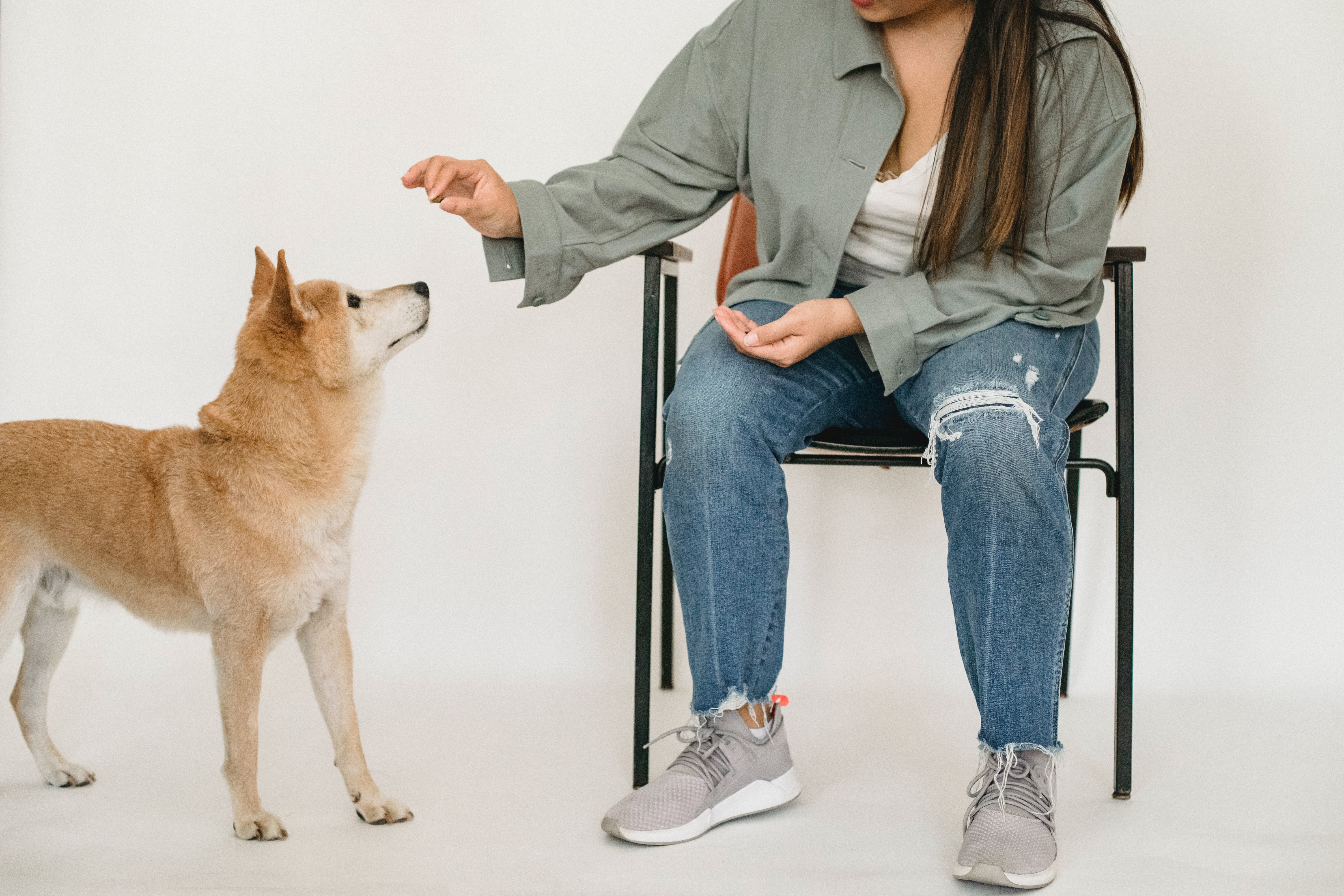
The Art of Training Your Dog: Tips and Tricks for Success
Training your dog does not have to be a struggle. With some patience and a few simple but effective tips, you can create a well-mannered pup that is a joy to be around. This article will provide you with some of the best advice for training your dog.
Having patience is key when training your dog. Start with basic commands such as “sit” and “stay”, as these are easier for your pup to understand. Whenever your pup successfully follows the command, reward them with treats or verbal praises. Besides focusing on those basic commands, there are also a few other things you can do for your pup’s benefit. Establish a routine for your pup. Feed them at the same time every day, and have their walks and playtime occur in a consistent order every day. This will help get them used to following your instructions and create positive habits.
It is important to remember that your pup is still learning, and it is up to you to be patient with them. If your pup is having trouble following a command, do not become too frustrated or angry at them. Instead, take a few deep breaths and try to find other methods of explaining the command. You can use different words or demonstrate the behavior you want.
Never use physical force when training your pup. Aggressive behavior will only lead to your pup being more scared and confused. Instead, focus on positive reinforcement techniques. Every time your pup does something good, reward them with treats or verbal praises. This will reinforce the behavior you want to encourage and help them to associate being obedient with something enjoyable.
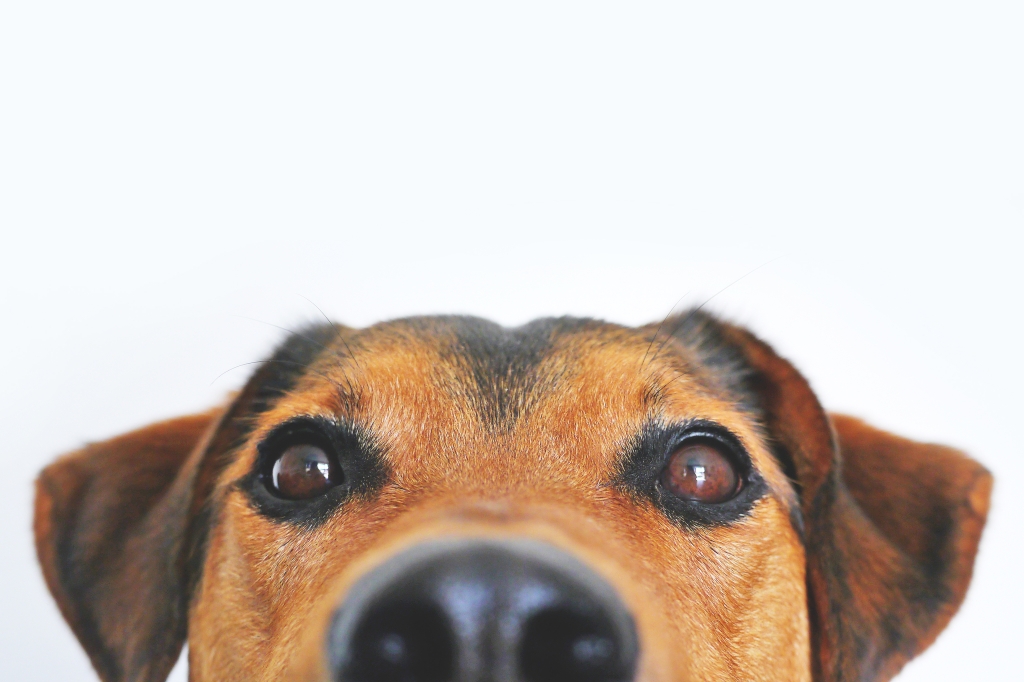
Bringing Home a New Dog? Here's How to Introduce Them Into Your Home
Having a furry friend in your home can be an exciting experience. But, before you introduce a new dog to your home, it's important to ensure that you create a smooth transition.
The first step in creating a smooth transition for your new furry friend is to ensure that your home is properly prepared for them. Designate a space for your pup to sleep, play, eat, and explore. Place toys, bedding, and other items in the designated area so that your pup will know where everything belongs. If you have other animals, make sure that the designated areas are separated so the new pup can acclimate to their new role in the family.
It's also important to plan ahead for potty training. Ensure that your pup has easy access to the appropriate area outside, choose a consistent command to let them know when they should go outside, and establish a consistent schedule for potty breaks. Establishing these routines early on will make sure that your pup is properly trained and that they have the tools they need to have a successful transition.
Lastly, it's important to introduce your pup to your family and other animals slowly and patiently. Start by allowing them to explore the space and get used to their new environment. Reward positive behavior with treats and verbal praise. Make sure to give them plenty of attention and affection as they get used to their new home. Let them explore and sniff, as this will help them adjust to the new sights and smells.

Homemade Dog Treats: A Simple, Fun Guide for You and Your Pooch
For all the animal lovers out there, there is nothing quite as adorable as your four-legged family member. Dogs are loyal and loving, providing us with years of joy - so why not make the most of your bond with your pup by making your own homemade dog treats? It's easier than you may think, and we'll show you how.
Making your own homemade dog treats is the perfect way to show your pup how much you care. It can be a fun and rewarding experience for both you and your pooch. Plus, it gives you the opportunity to use ingredients you know your furry friend will love.
Start by searching online or asking your vet or pet store for recipes that use ingredients that are safe for your specific type of dog. Many recipes are easy to make and require only a few simple ingredients, such as peanut butter, oats, and bananas.
You'll also want to make sure to take proper safety precautions when making your homemade treats. For instance, be sure to use only fresh ingredients that the dog will be able to digest. It's also important to avoid ingredients that could be toxic to dogs, such as cocoa powder and raisins.
Once you have all the ingredients you need, mix them together in a bowl, then roll out the dough and cut it into desired shapes. Then bake your treats in the oven at 350 degrees for about 25 minutes.
When your homemade dog treats are done, let them cool before feeding them to your pup. You can store them in an air-tight container for up to two weeks. Your pet will be sure to love these delicious treats and the extra effort you put into making them!
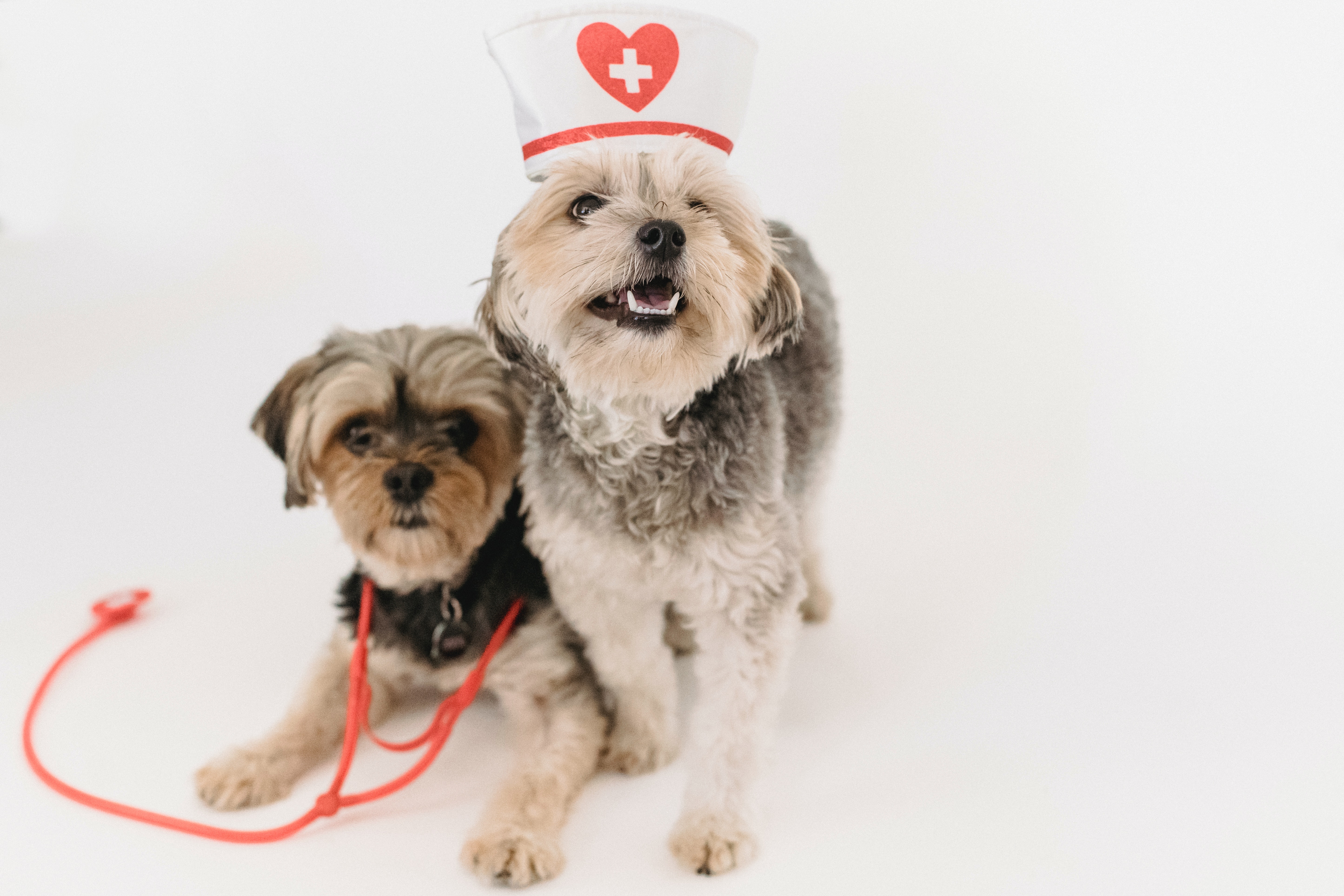
Protect Your Dog from Common Illnesses
Our furry friends are an important part of many of our lives, so it’s important to take steps to keep them healthy and safe. Unfortunately, our dogs can suffer from a wide range of illnesses, some more common than others. Learning about the risks and how to protect your dog is a great way to help them stay happy and healthy for many years ahead.
It's important to learn the signs and symptoms of common illnesses that can affect dogs and how to spot them early. Some signs to keep an eye out for are coughing, sneezing, diarrhea, vomiting, and joint pain or limping. Schedule regular check-ups with your vet and make sure they are up to date with all of their necessary vaccinations. Consistent parasite prevention and flea/tick treatment is also important, especially if your dog spends a lot of time outdoors.
In addition to health and safety, another important way to keep your dog healthy is proper nutrition. Dogs need a balanced diet of high-quality protein, carbohydrate, fat, minerals, and vitamins. Research the nutritional needs of your specific breed and age, and don't forget to provide them with plenty of fresh, clean water! It's also important to provide plenty of exercise for your pup. Regular activities like walking and running will help keep your pup active and engaged.
It's also important to recognize other potential health issues that don't have a physical symptom. Mental stimulation should not be overlooked, as boredom and feeling under-stimulated can lead to destructive behavior, depression, and anxiety. Keeping your pup entertained with toys, games, and plenty of interaction is paramount to their happiness and well-being.
Overall, taking the time to learn and understand the risks and how to protect your dog is a great way to ensure they stay healthy and safe for many years to come. Doing your due diligence and being mindful of your pup's needs can make all the difference for their long-term happiness!
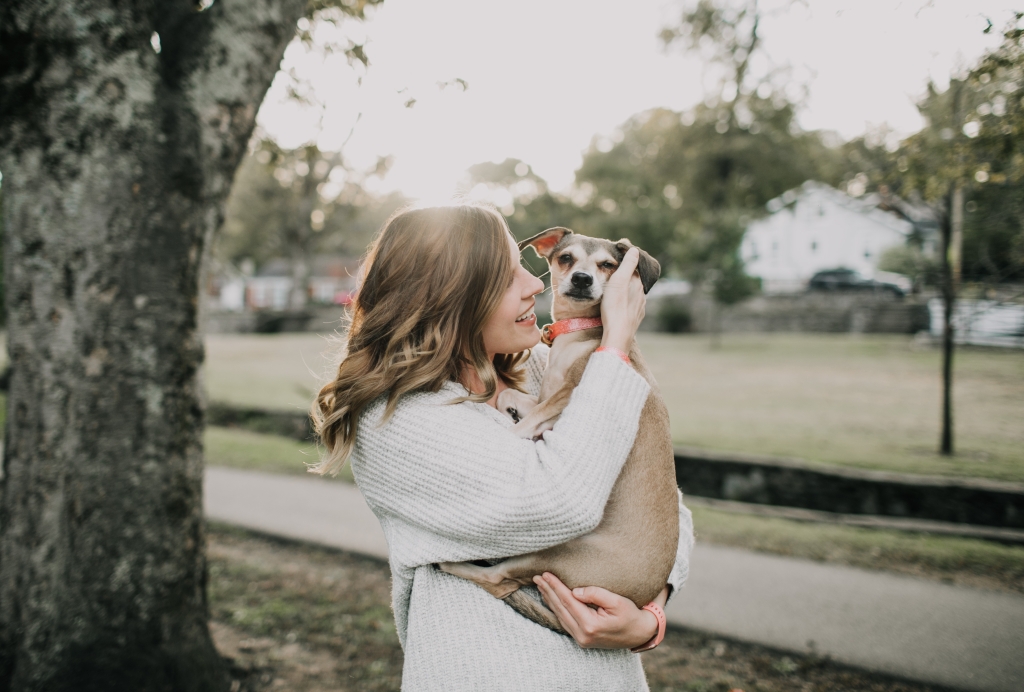
The Wonders of Owning a Dog: How Dogs Can Improve Your Overall Health
Having a pet dog can bring joy to your life and even have surprising health benefits. From physical to mental benefits, owning a dog can help you live a longer and healthier life. All of these benefits are great for everyone, but there are certain advantages that come from owning a dog that may help you in particular.
Having a pet dog can be incredibly rewarding. Studies have shown that daily interaction with a dog can reduce stress and anxiety levels. They are also known to make people more active and can even help reduce symptoms of depression. Petting a dog is known to release hormones such as oxytocin which can be beneficial for your overall wellbeing. Owning a dog also offers companionship and unconditional love, which can be beneficial for individuals who live alone. A pet can be a wonderful source of comfort and support.
It has also been proven that individuals who own a pet can have lower blood pressure and cholesterol levels. This is likely due to the extra exercise that comes with owning a dog. They can also help keep you on a schedule, providing the need to get up early and walk or play with them on a daily basis. This can be particularly beneficial for those recovering from illnesses or feeling unmotivated.
Owning a dog can also provide you with a sense of purpose and help keep you social. Having a pet provides a great conversation starter with people and can help you make new friends. Taking your dog to the park at least once a day can be a great way to meet new people and get your daily dose of fresh air and exercise. Additionally, owning a pet can bring a sense of responsibility and purpose into your life.
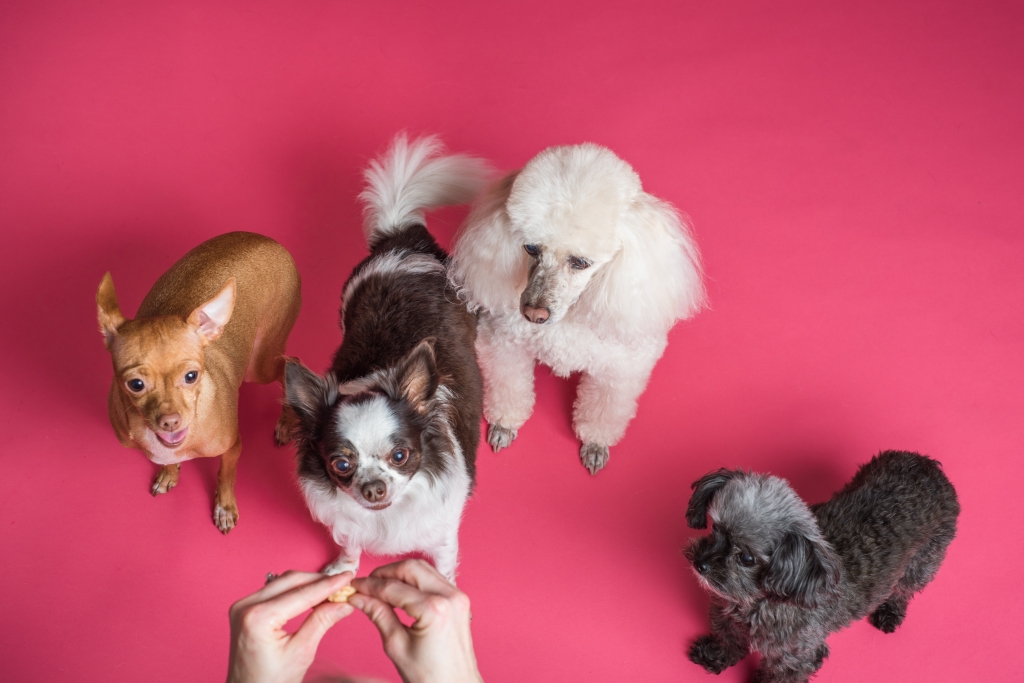
Discovering the Ideal Furry Friend For Your Home
Are you looking to add a furry friend to your home? Finding the right dog breed can be an important and difficult decision. Depending on the size of your home, your lifestyle, and the amount of time you have to devote to a pet, there are a variety of breeds that can make the perfect pet for your home.
When looking for the right breed, it's important to consider the activity level of the breed and its size. If you live in an apartment or you don't have a lot of space, it's best to opt for a smaller breed. Breeds like pugs, Chihuahuas and Maltese are low energy and don’t need too much space for playing. If you prefer to be able to take your pet on long walks or runs with you, then it’s best to look for a breed that has a higher energy level and is better suited for exercise. Golden retrievers, Labradors and German Shepherds are great options for those looking for an active companion.
It's also essential to consider the amount of time you have to devote to your pet as different breeds have different needs. Dogs that require a lot of attention, such as pitbulls and beagles, might not be the best pet if you work long hours. Breeds like Shih Tzus and Pomeranians are great for those who work long hours as they don’t need as much attention or exercise as other breeds.
When selecting the perfect breed for your home, it's important to research your options and weigh the pros and cons of each breed. Talk to experienced pet owners and do your research to help make the best decision. Once you've found the right breed, you'll be able to find your perfect pet and give them the love and care they deserve.
